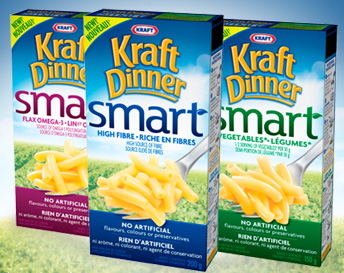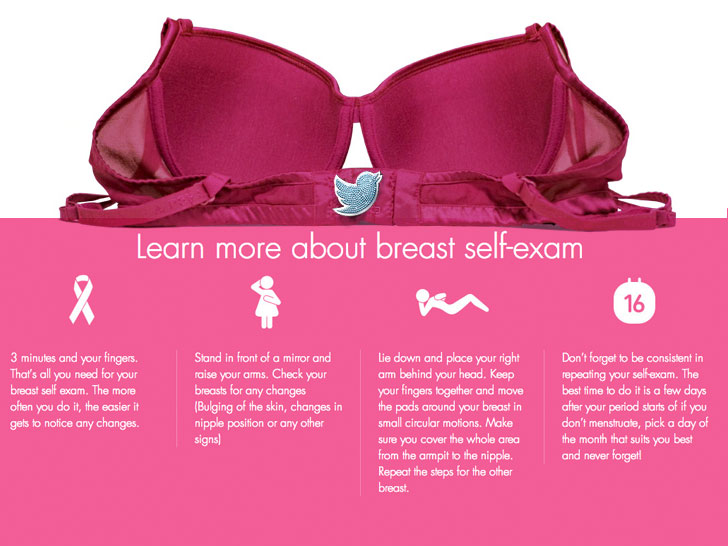One of Tess’ recent blogs discusses how Kraft’s decision of dropping artificial dyes on their macaroni and saying hello to natural coloring will affect their customers in a negative way. What Tess is saying is valid, but there are still some things that can be considered and others that can be analyzed further as to whether customers would view this change negatively.
The first thing to be further analyzed is the health benefits this change will bring to the product. As Tess has mentioned, their product will “appeal to health-conscious consumers due to the reduced sodium and saturated fats”. Thus, if Kraft’s loyal customers are health-conscious, then they’ll view this as a positive change and may buy even more Kraft products. The reason they would buy more is because Kraft’s ‘Kraft Dinner’ can be viewed as a type of comfort food which is fattening, thus customers may eat it less often than they would like to. However, if their Kraft Dinners are now less in sodium and fat content, customers would buy more than they used to, knowing it can be consumed more often.
The second item to be considered is the extent to which coloration of the product affects the customer’s level of loyalty. There is much more to the product than the ‘orange-yellow color’ Tess speaks of that the customer associates Kraft’s products with. If the taste of the product is the same, generally speaking, customer loyalty shouldn’t change by much. This is due to the fact that loyal customers have generated an emotional attachment to Kraft’s brand and product; the customers may have grown up eating Kraft’s products. Through all emotions and events, Kraft’s products were always there with the customer. Thus, the emotional attachment created between the customer and Kraft’s products will be greater than the changes Kraft is making on their products.
After all, what Kraft is doing is just improving their loyal customer’s experience with their products, hoping their customers would introduce their products to generations to come. Change isn’t always negative.
Image Source: Kraft Dinner



